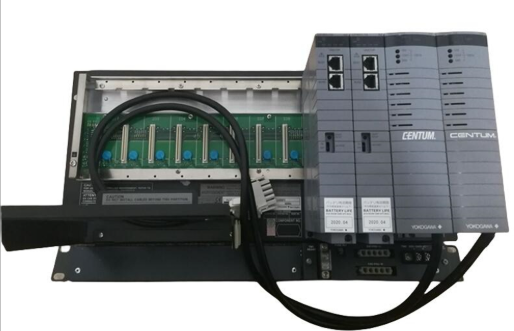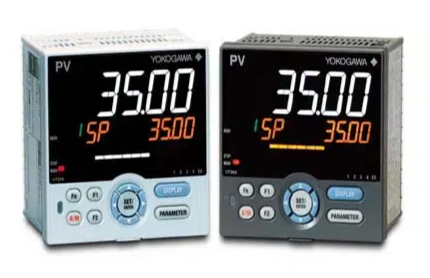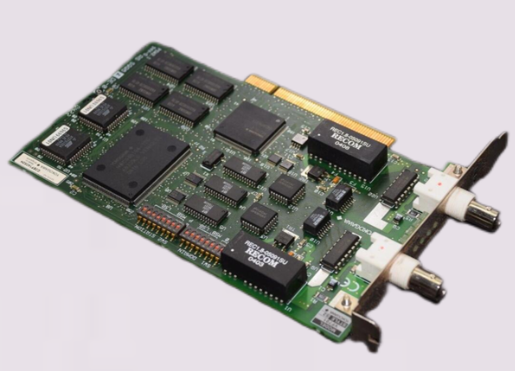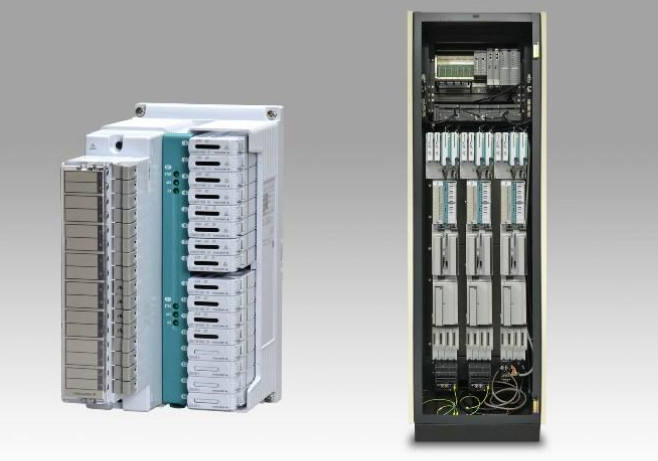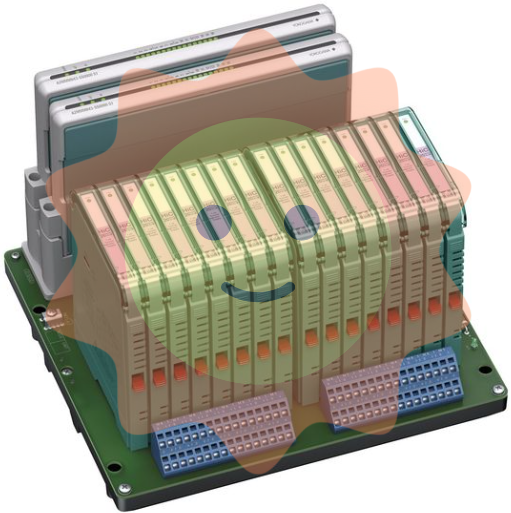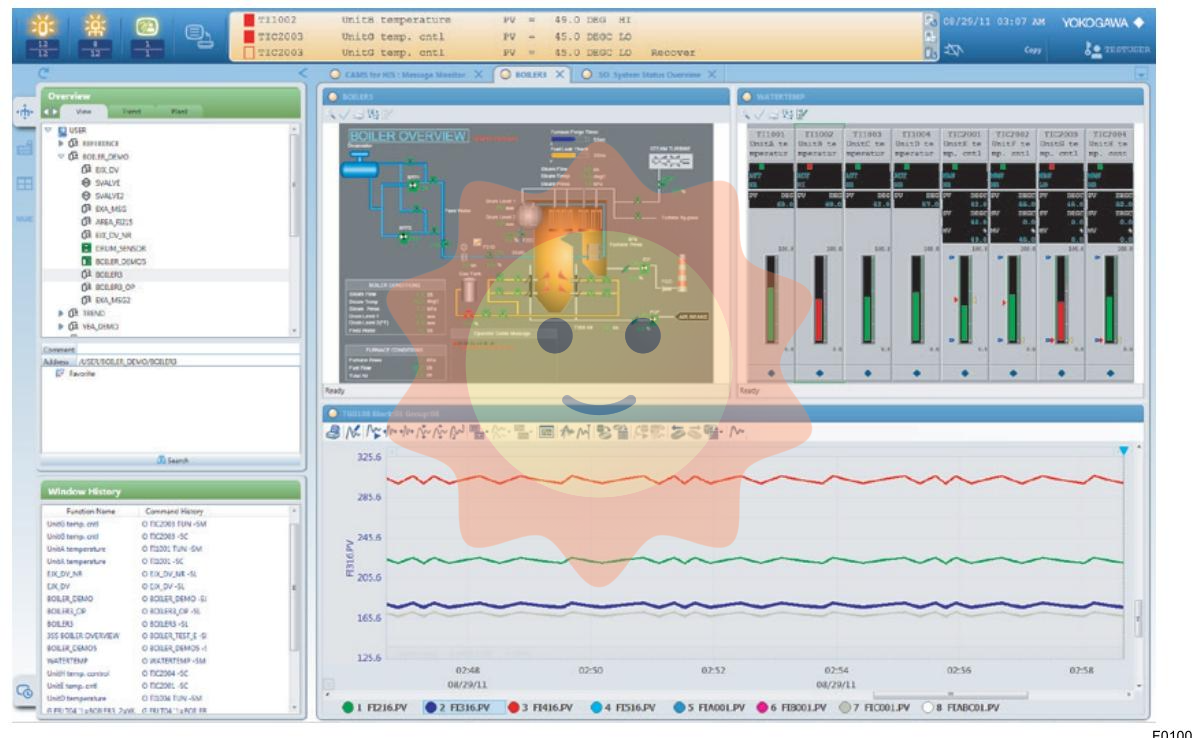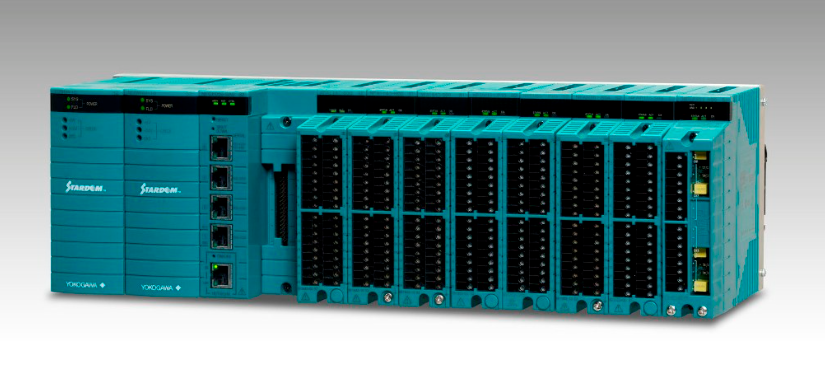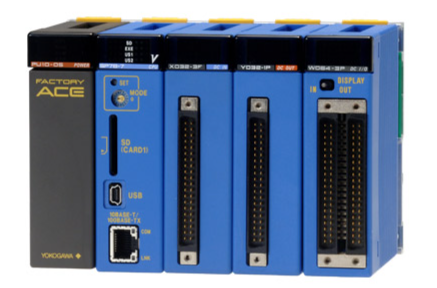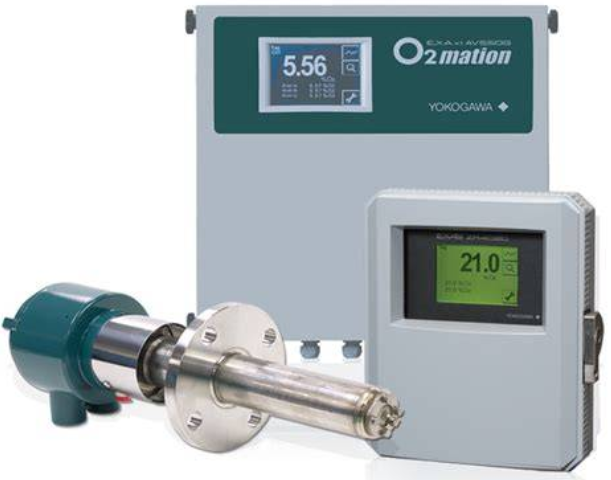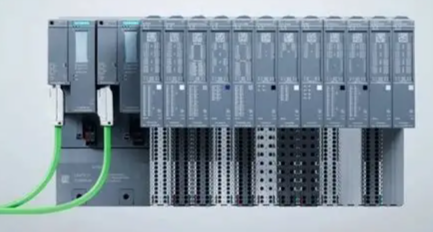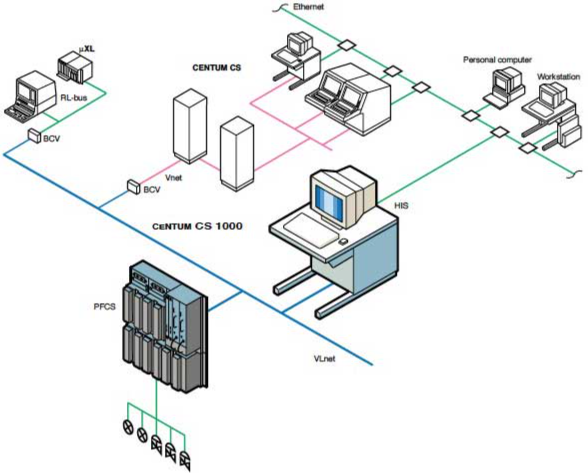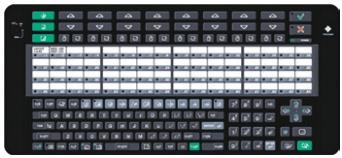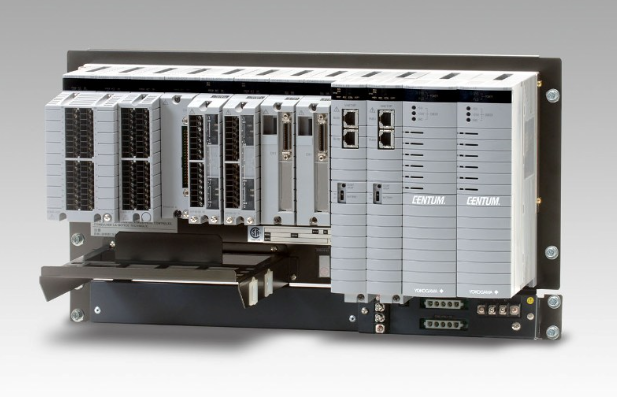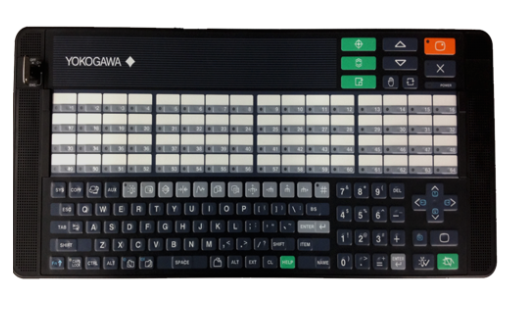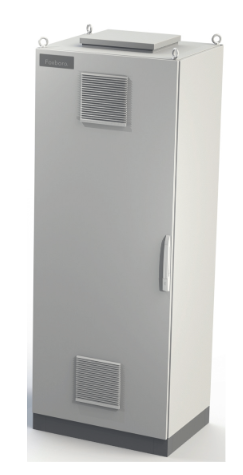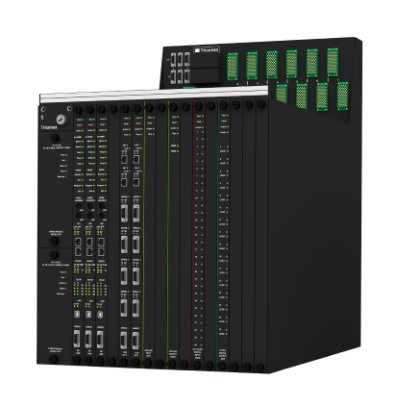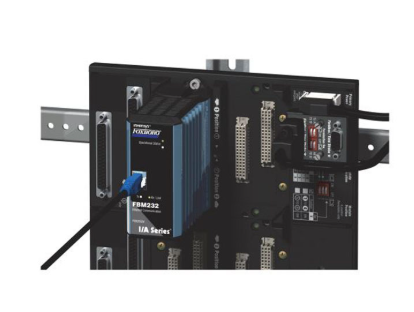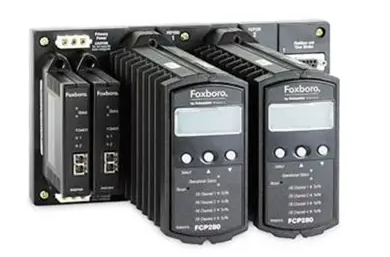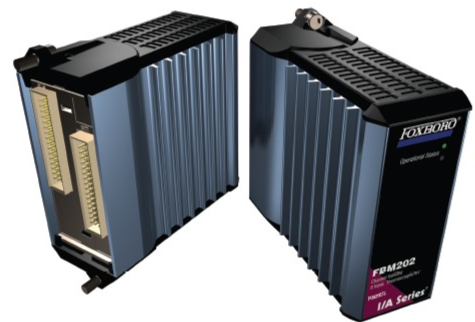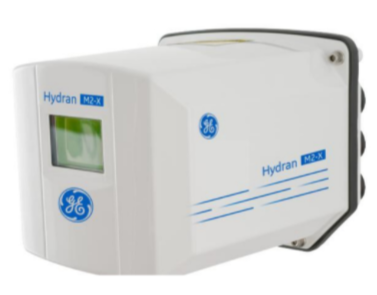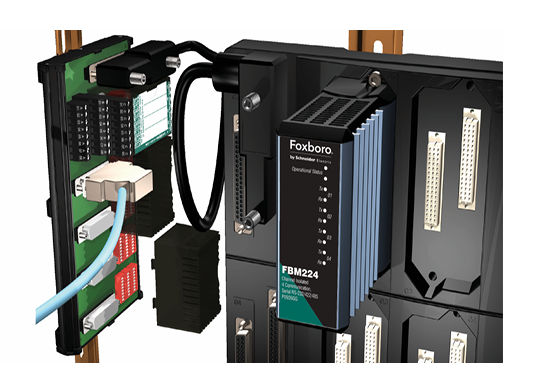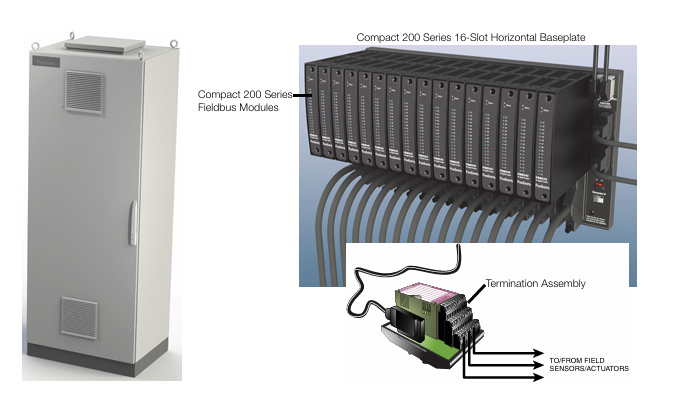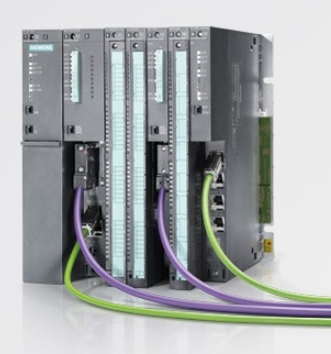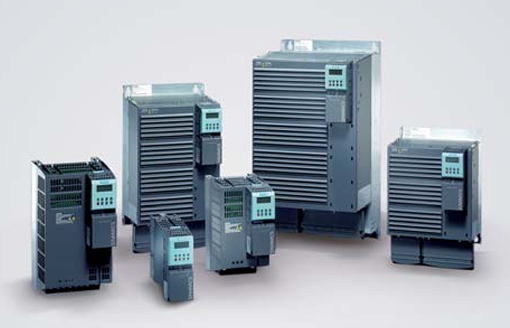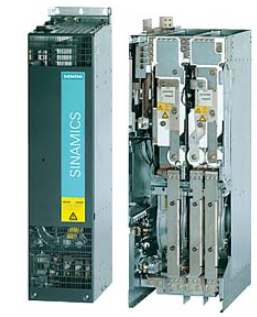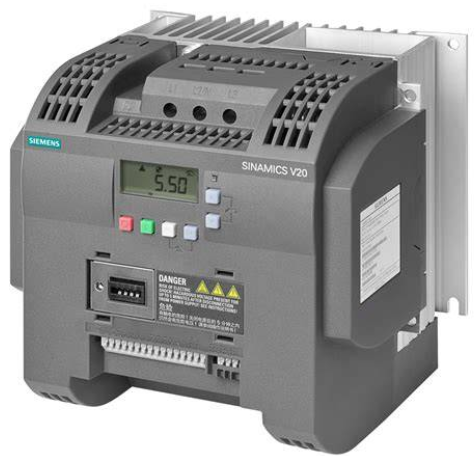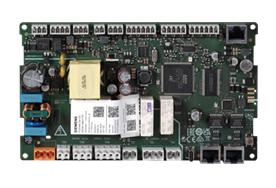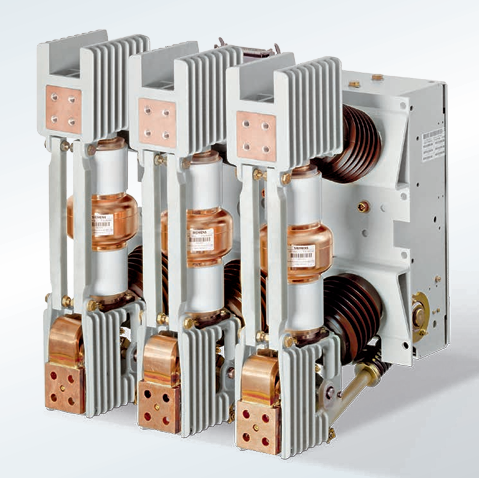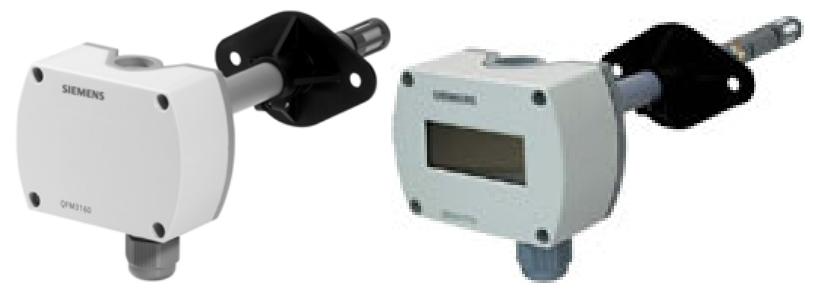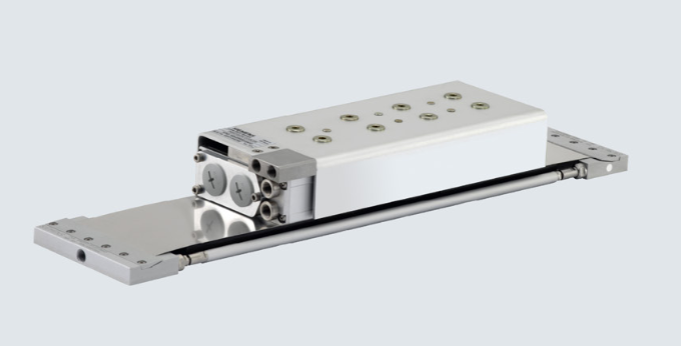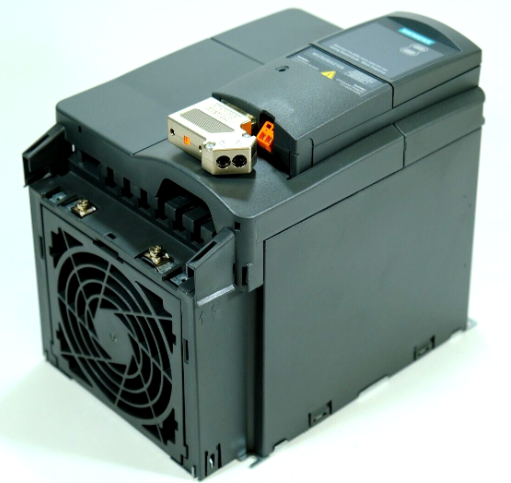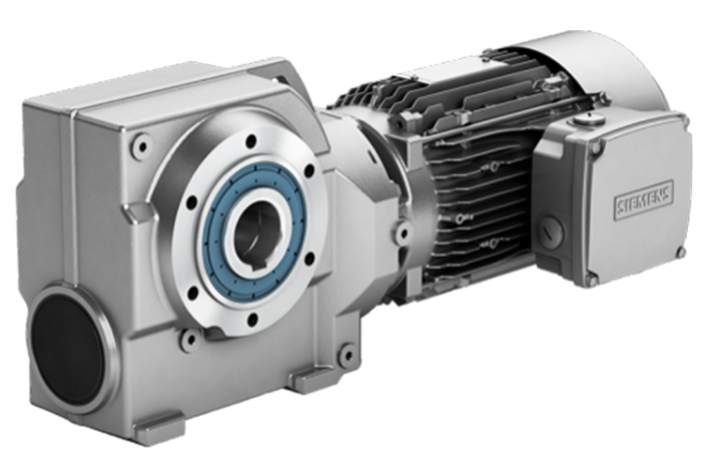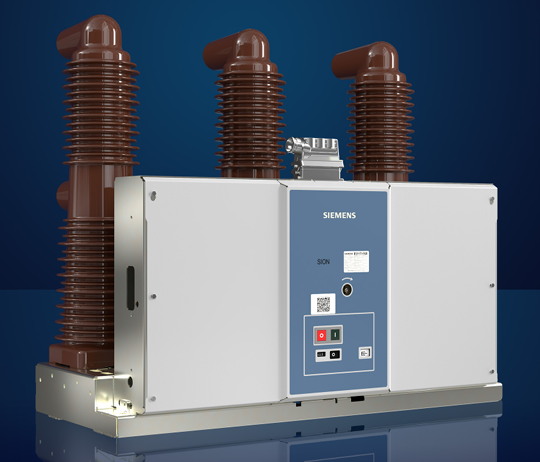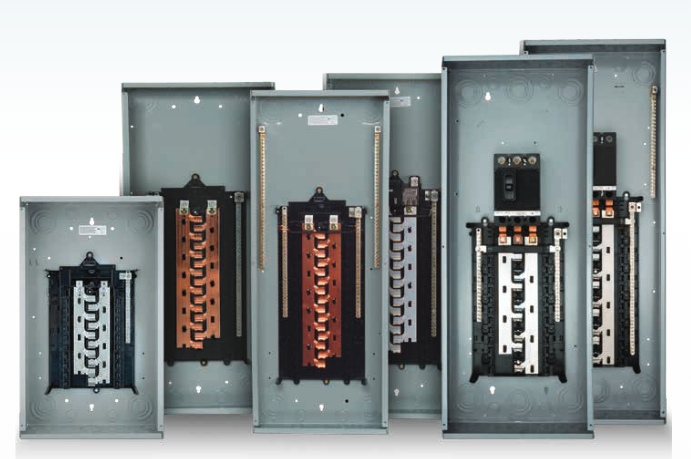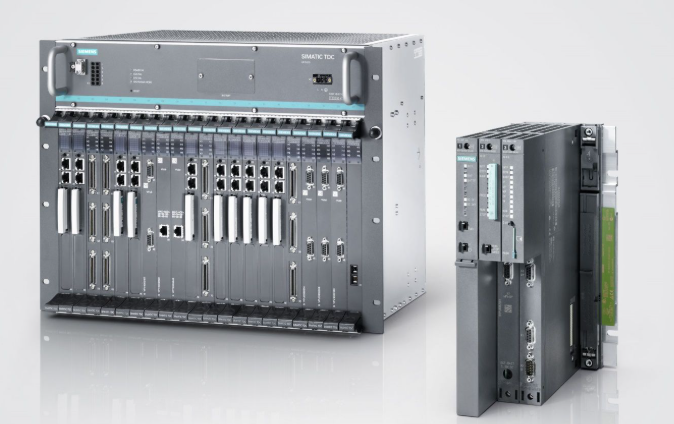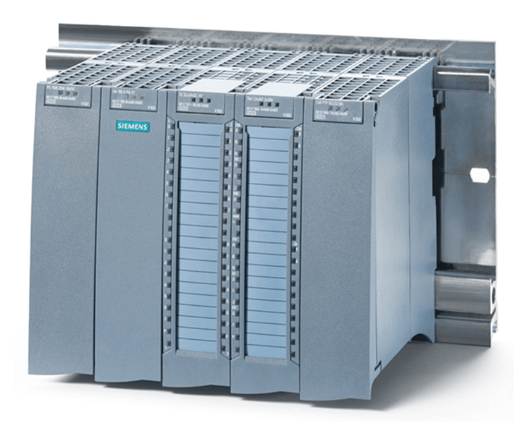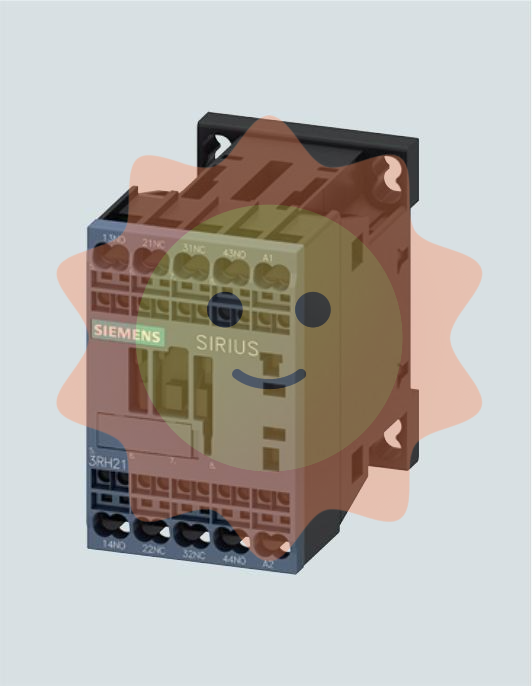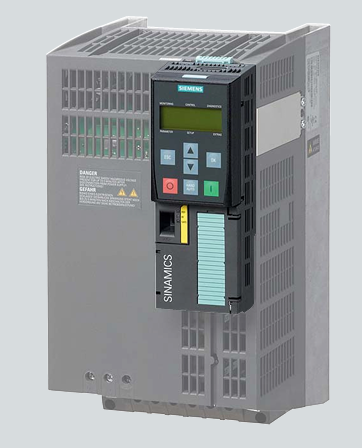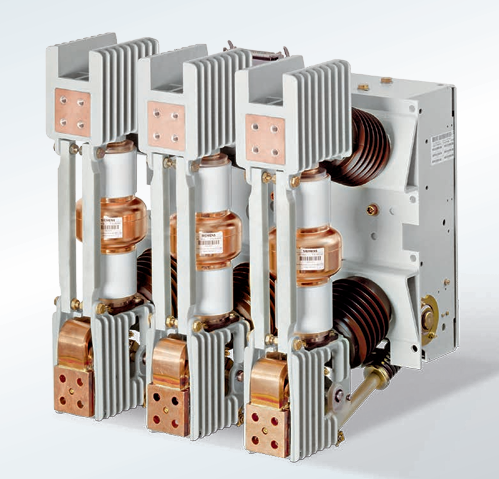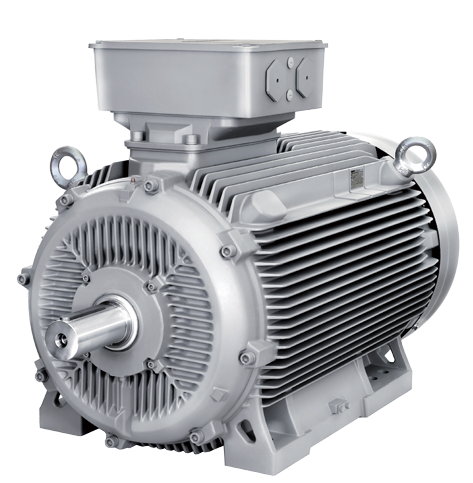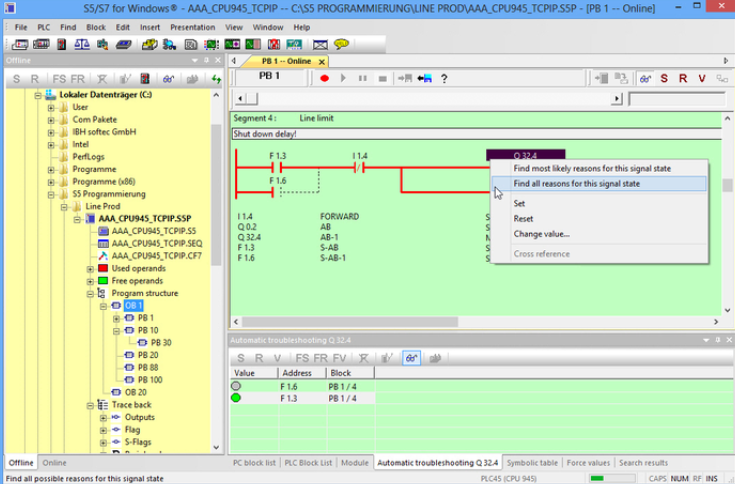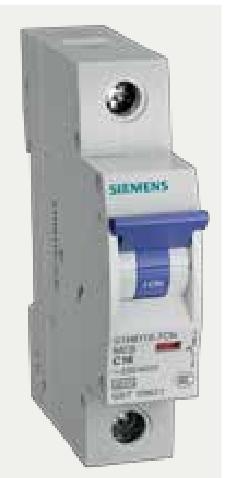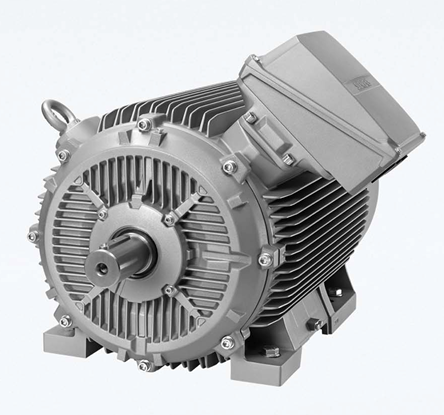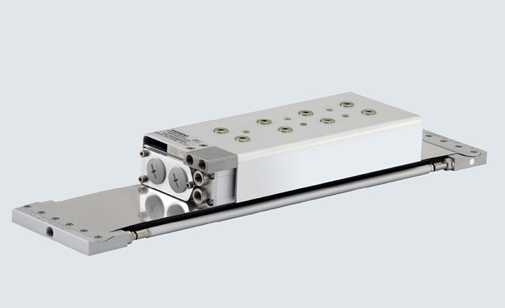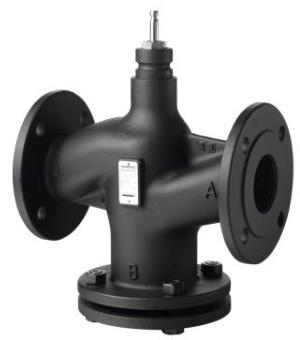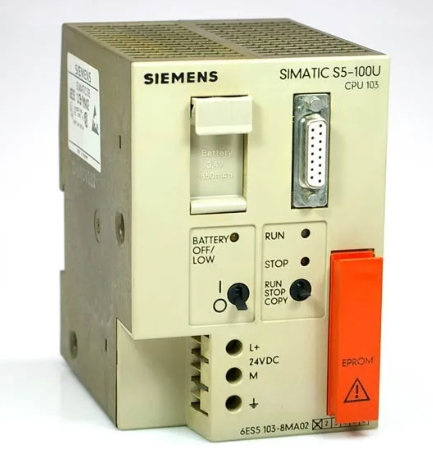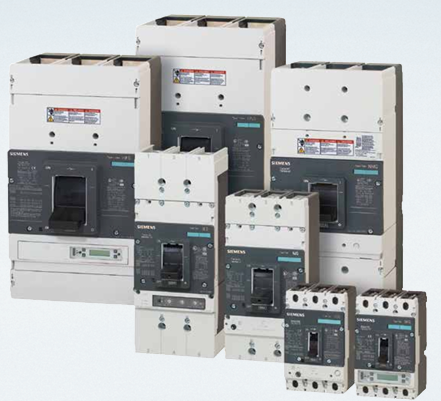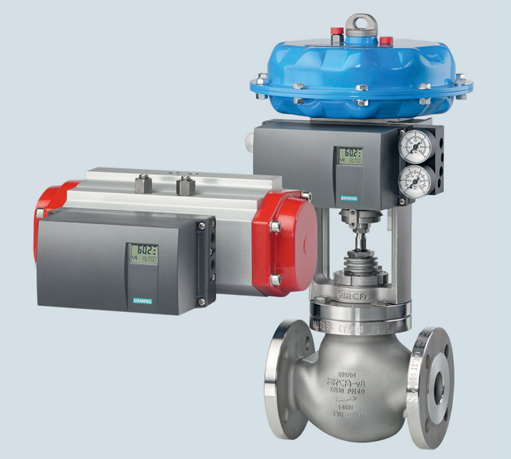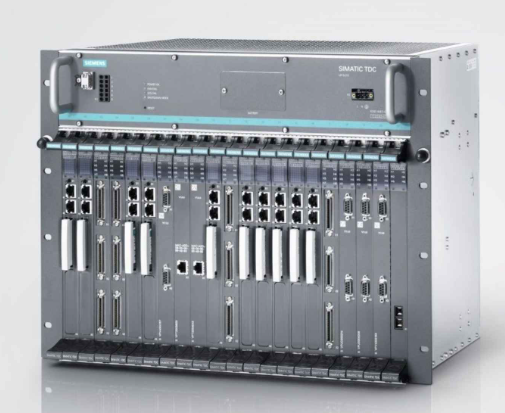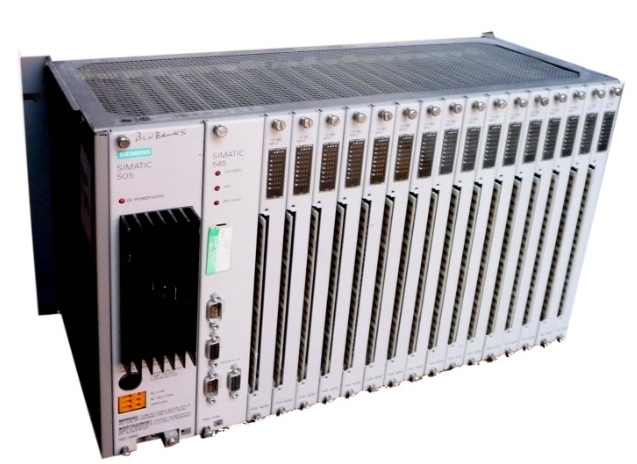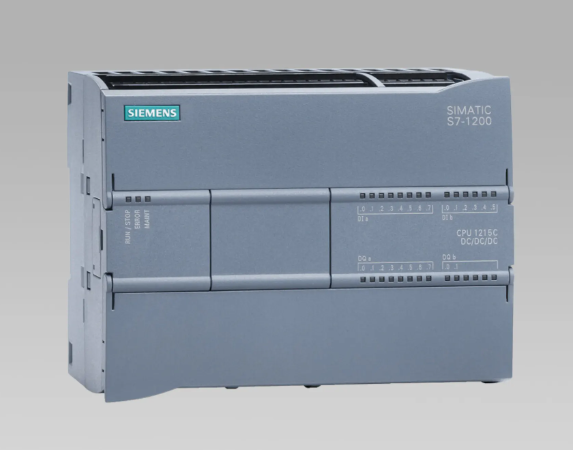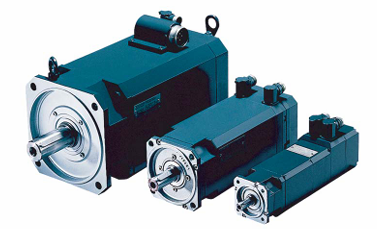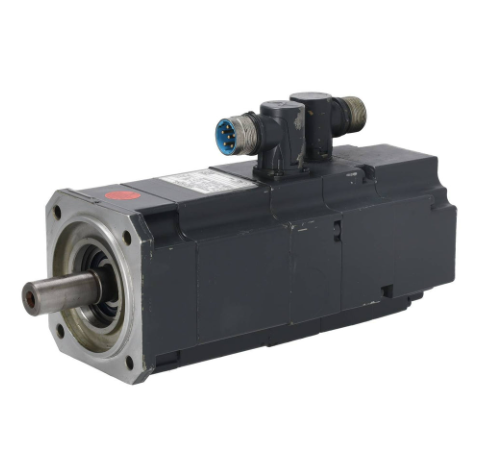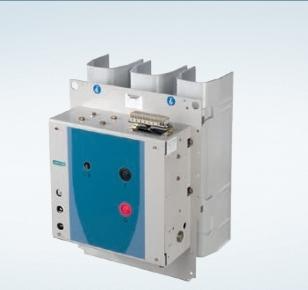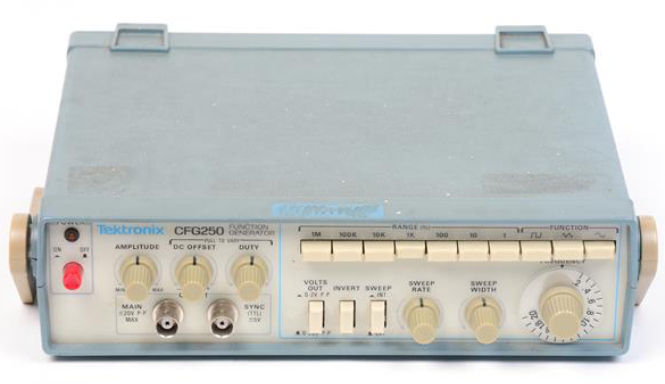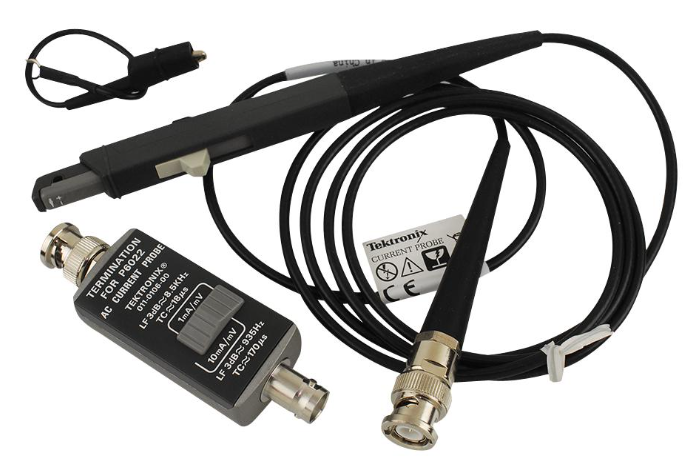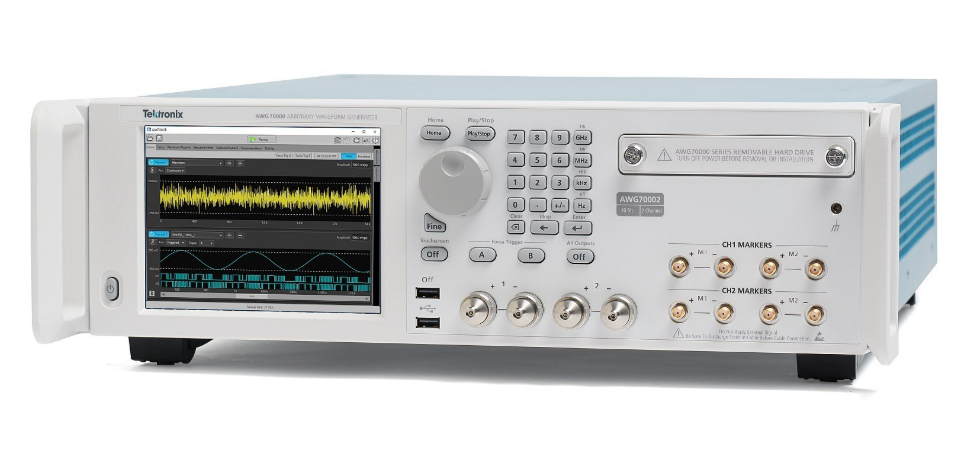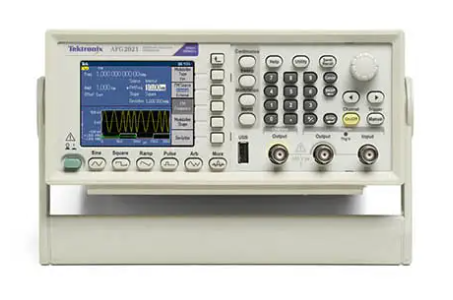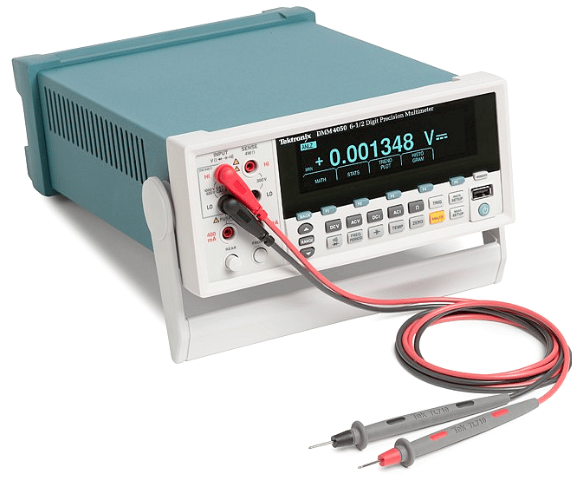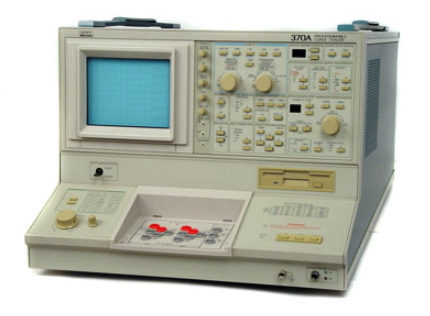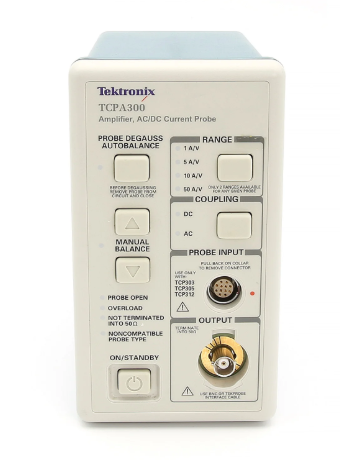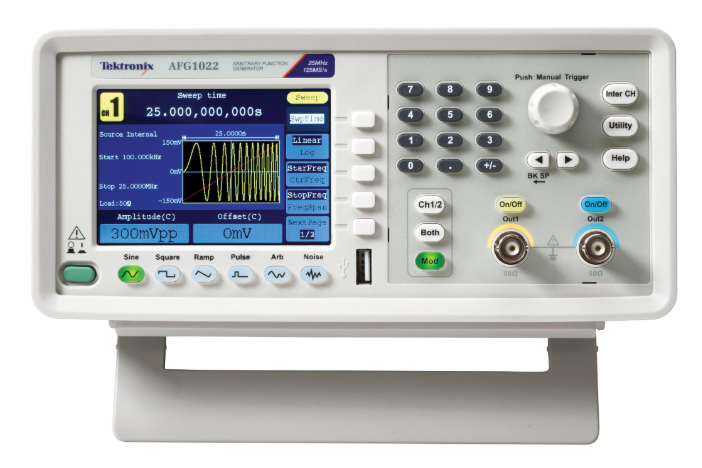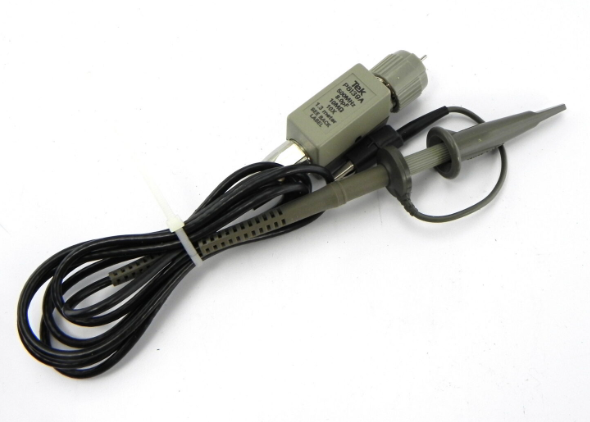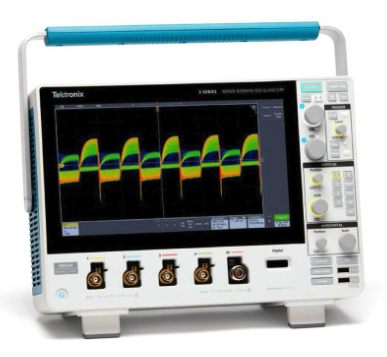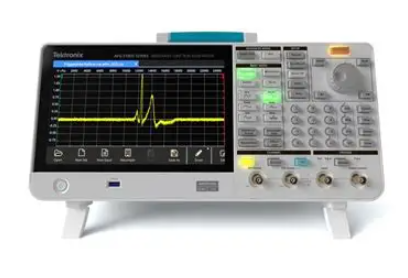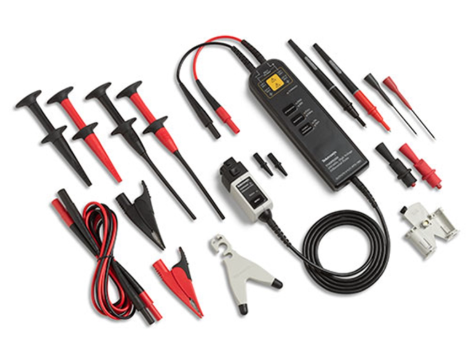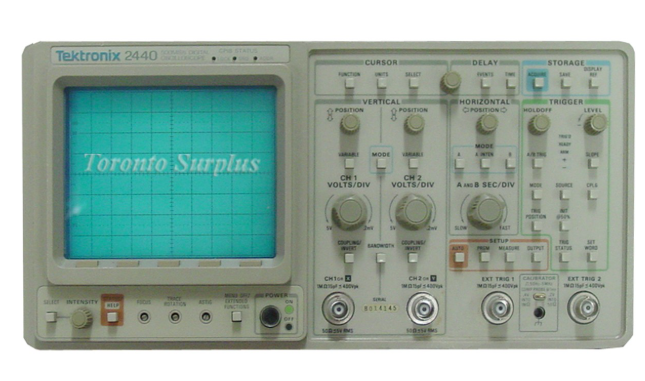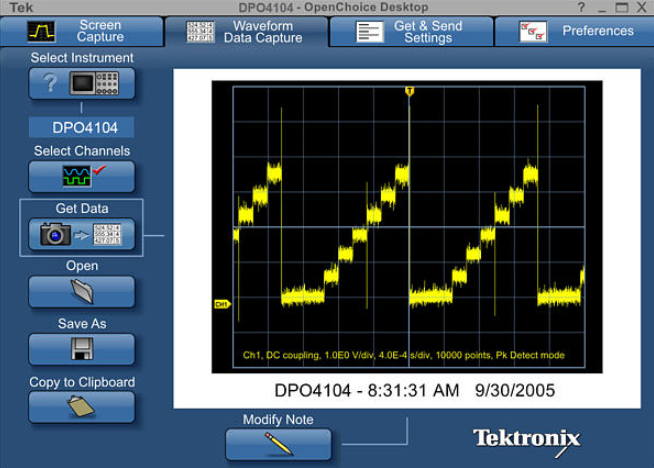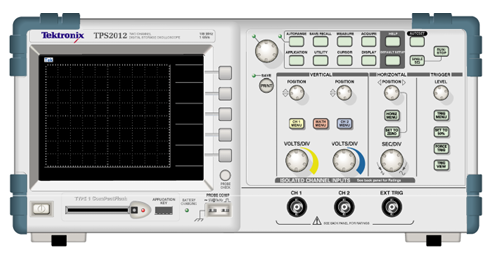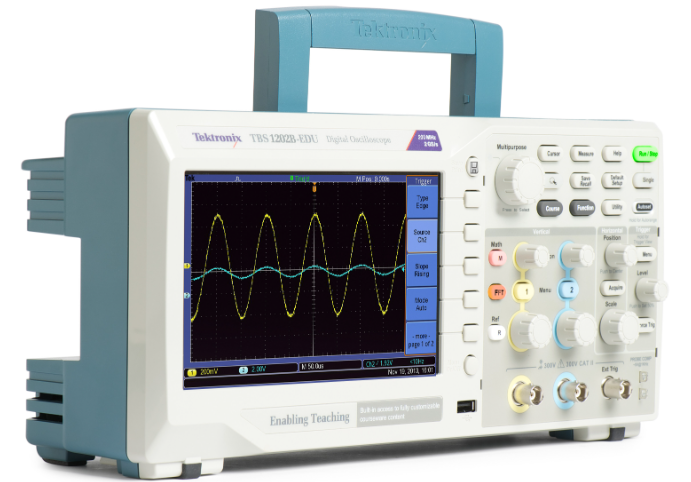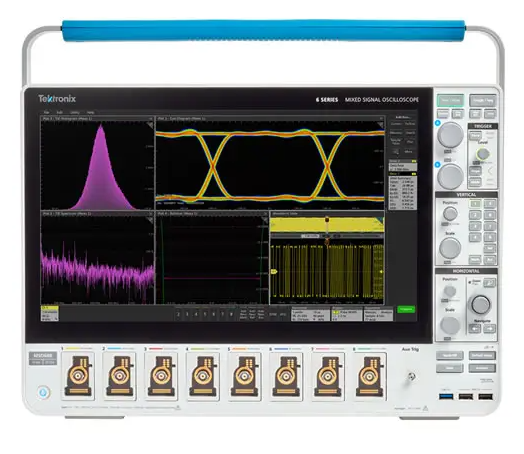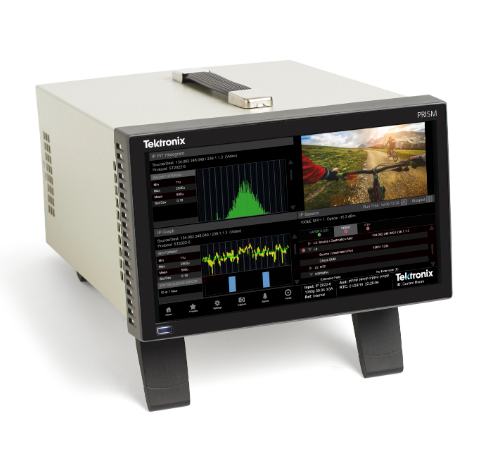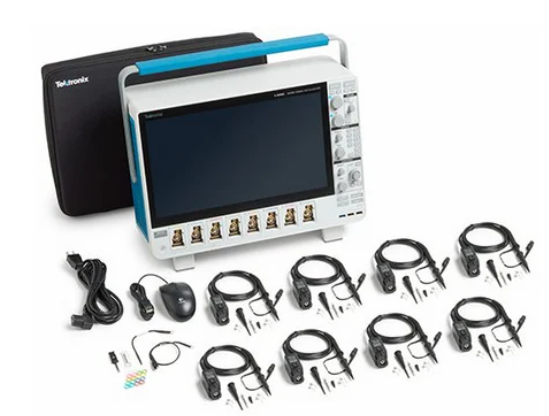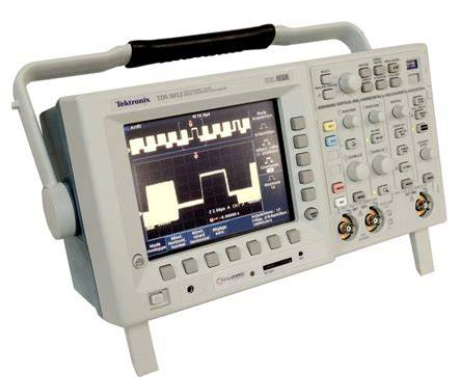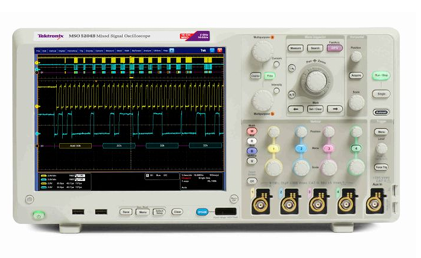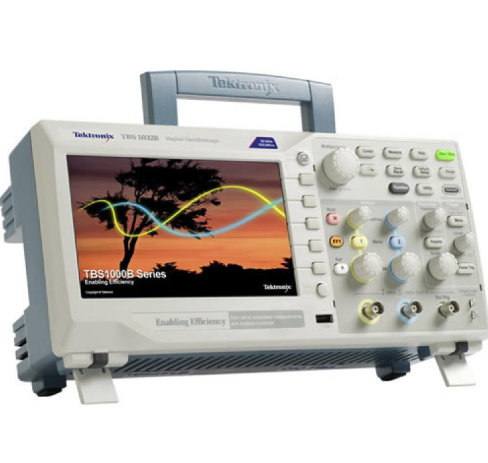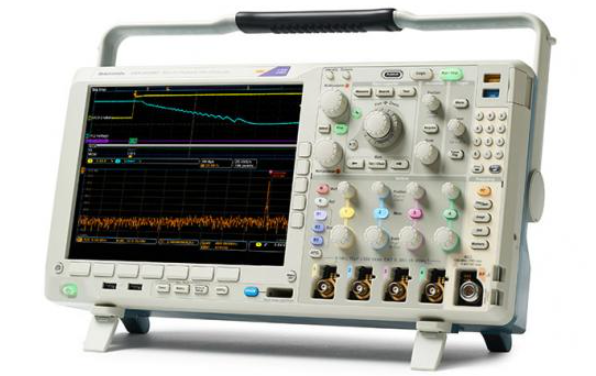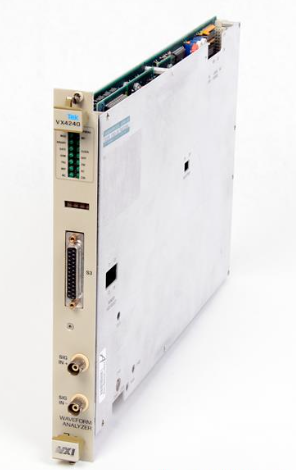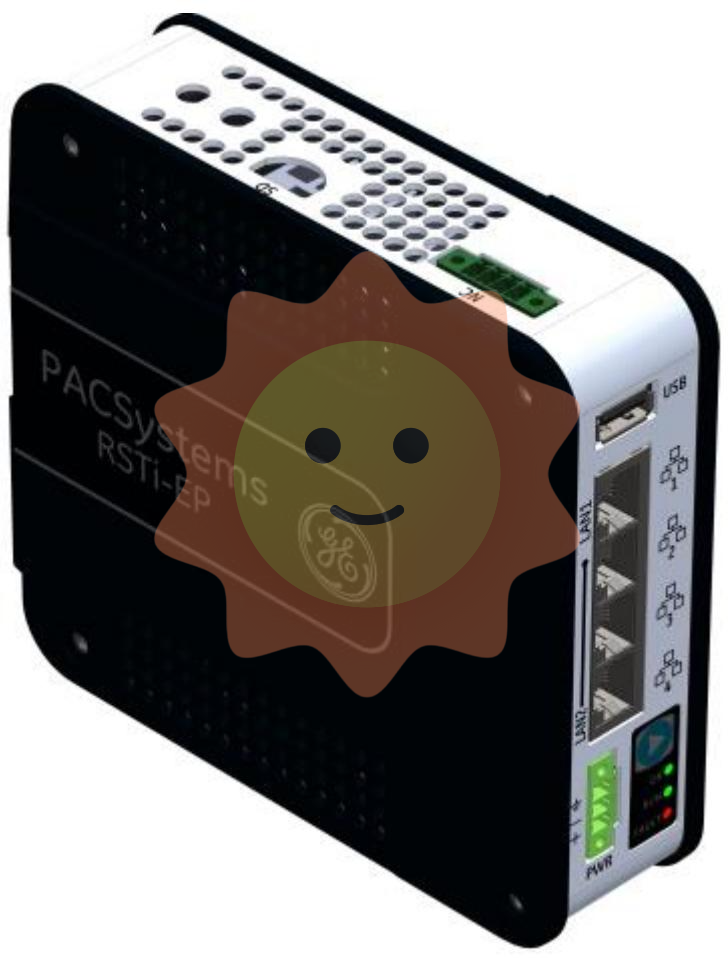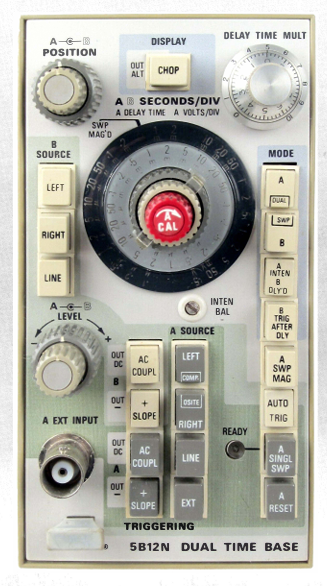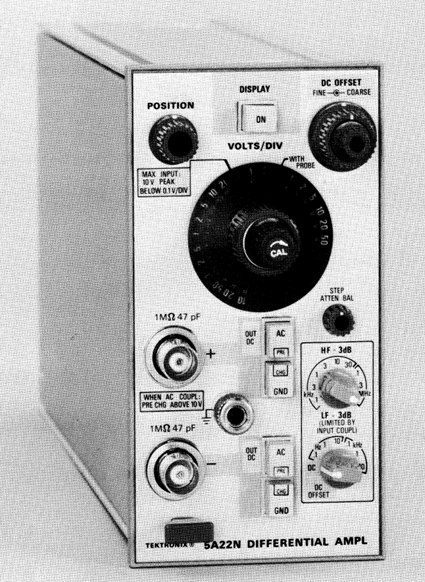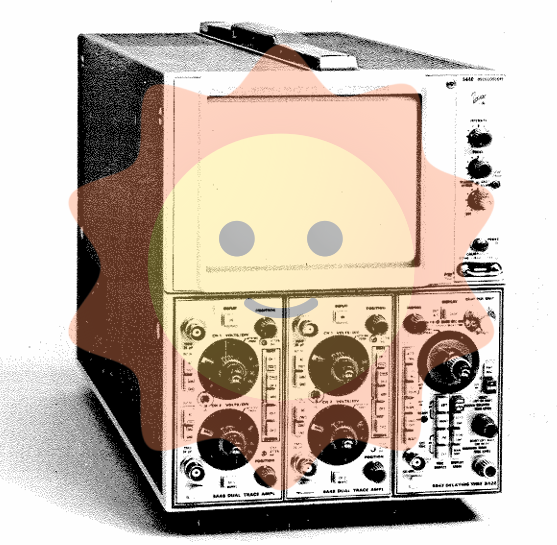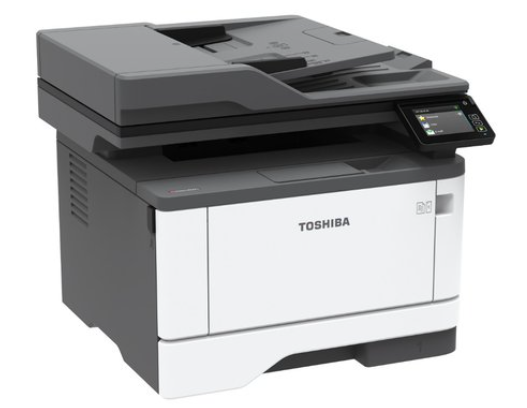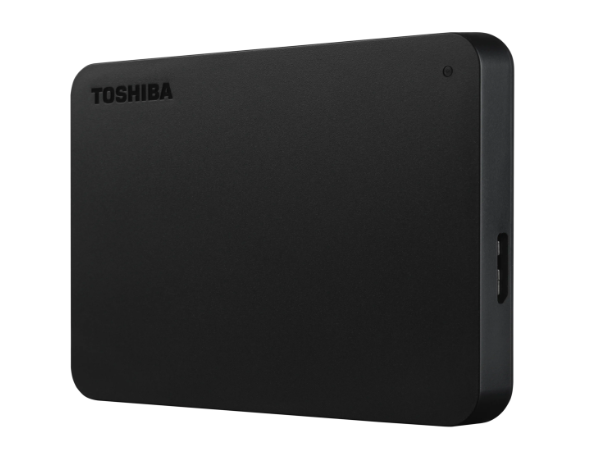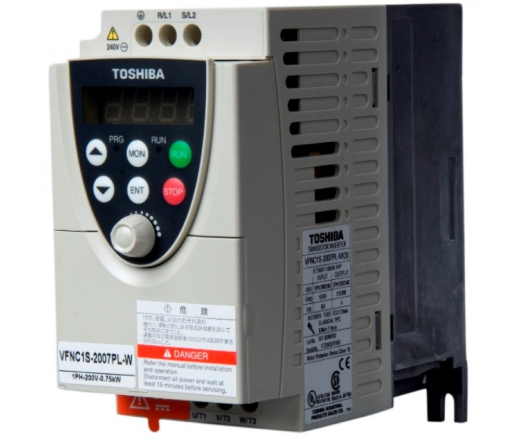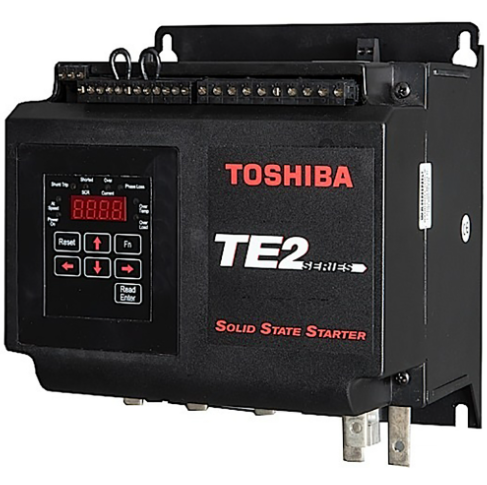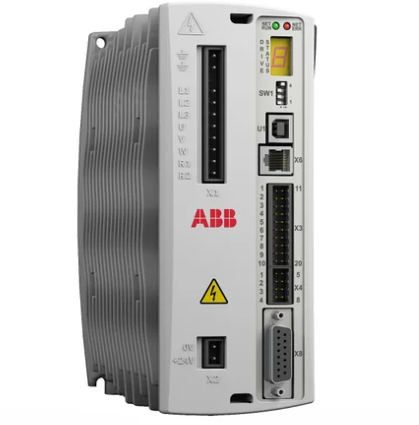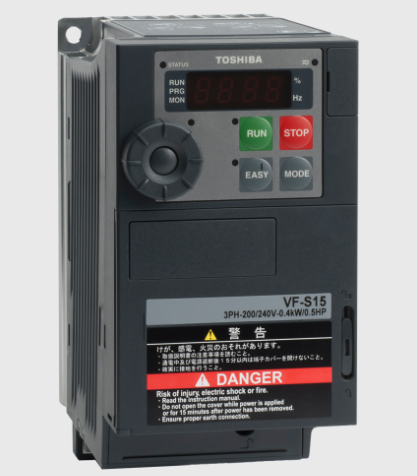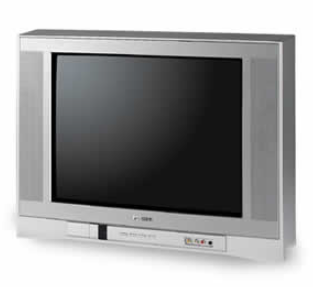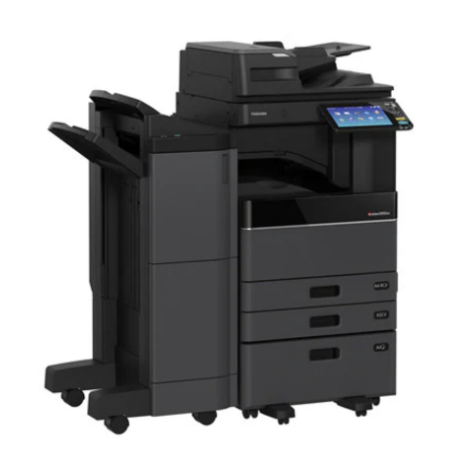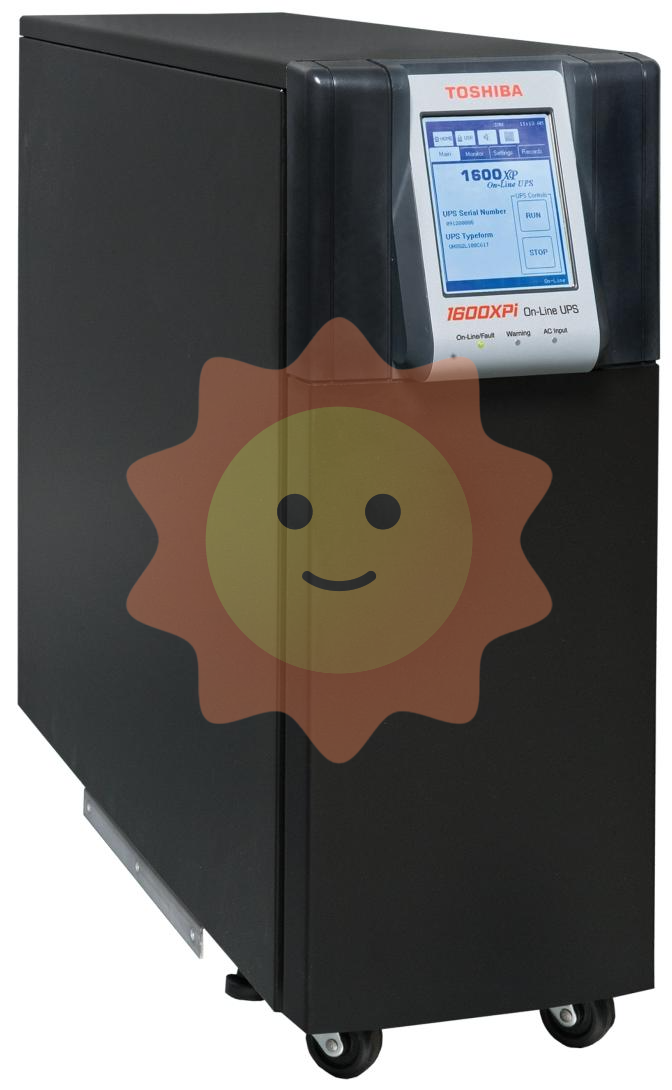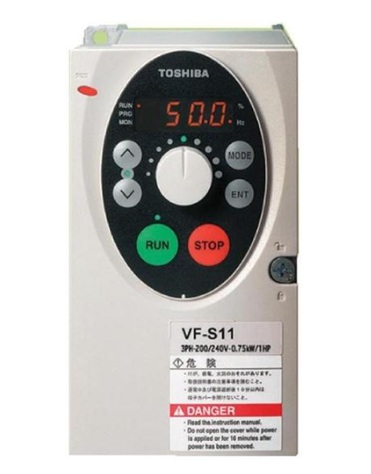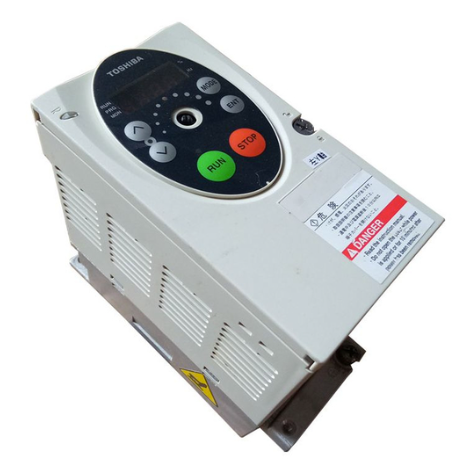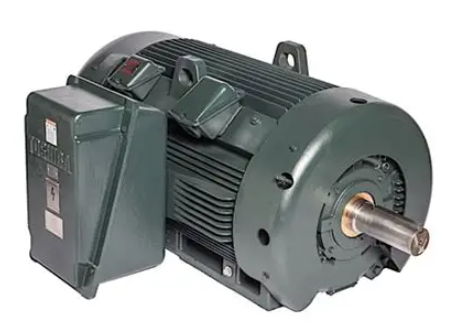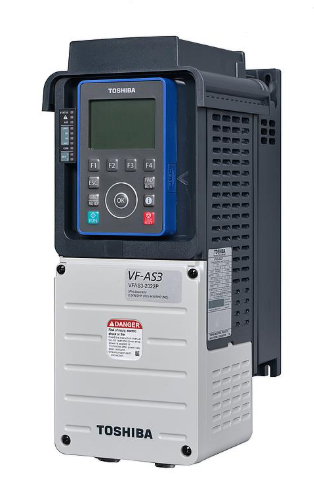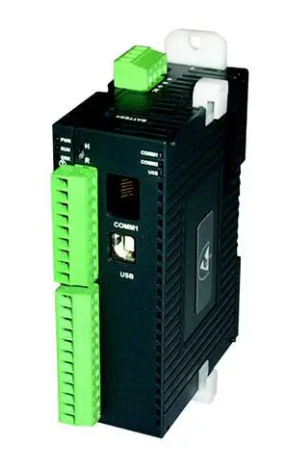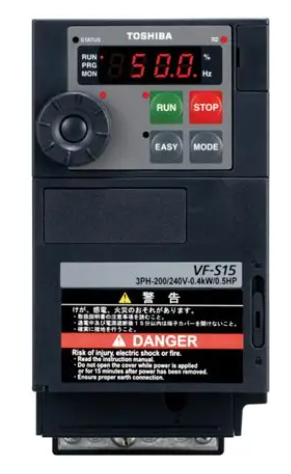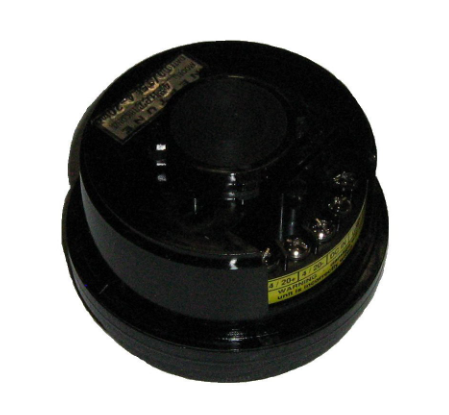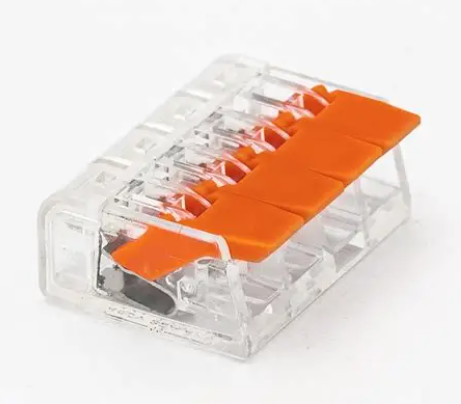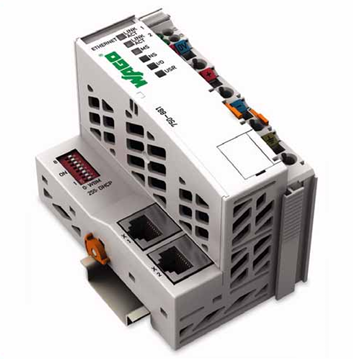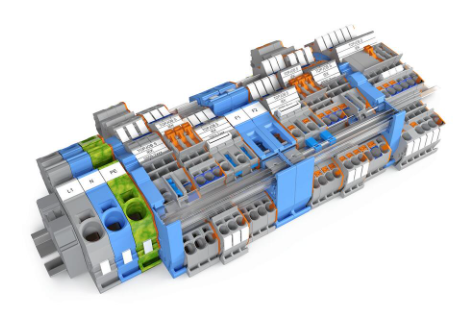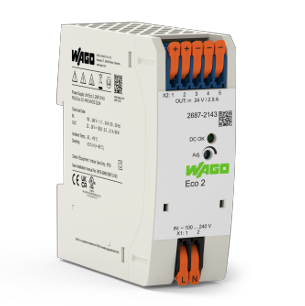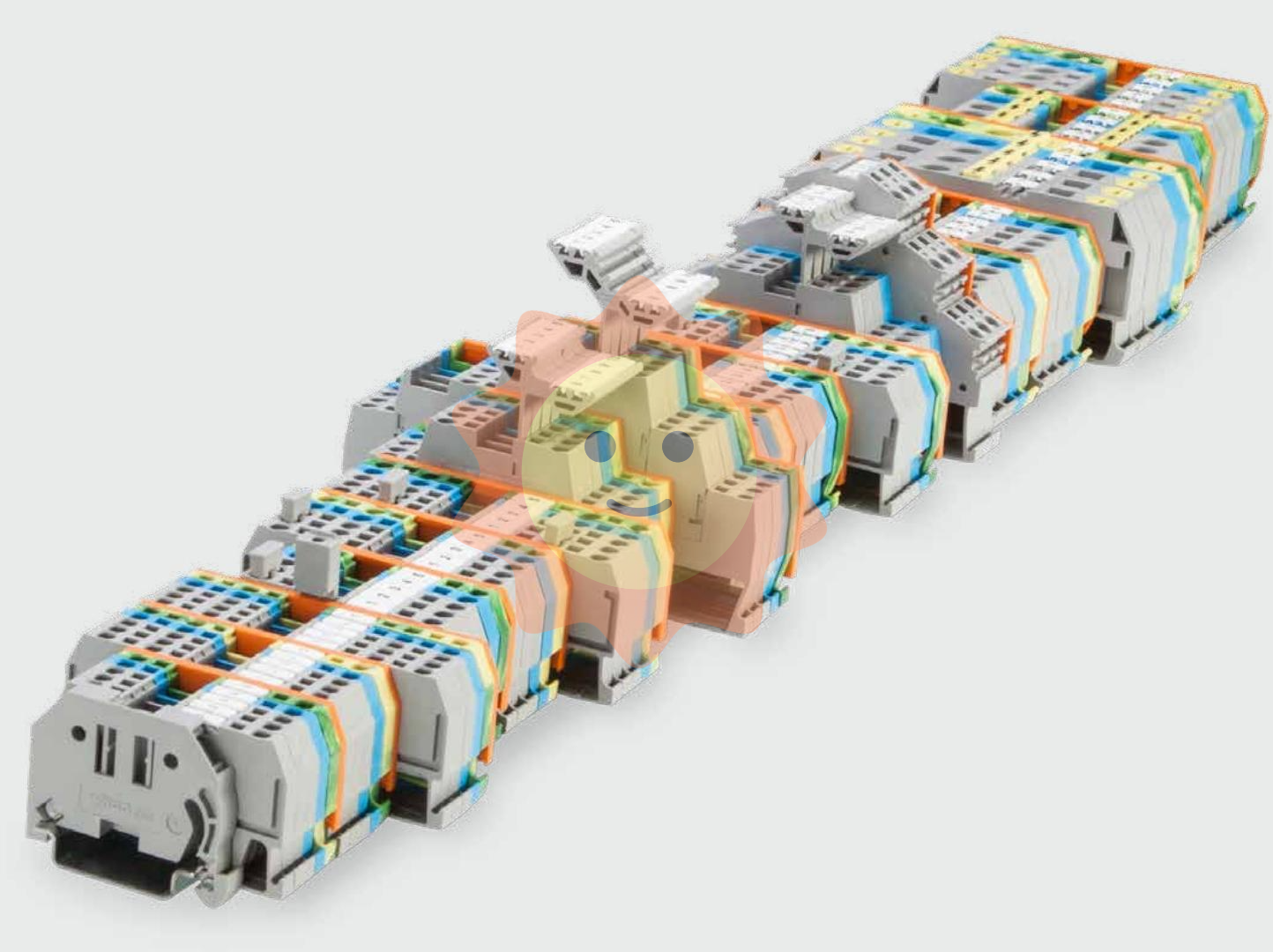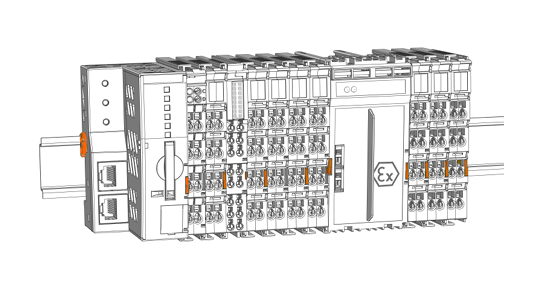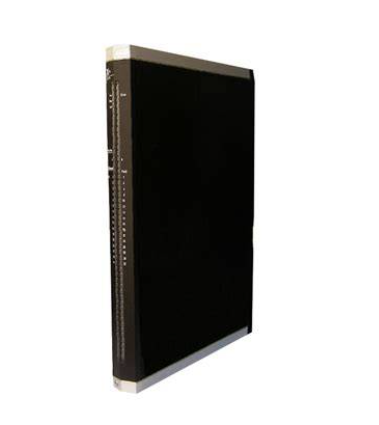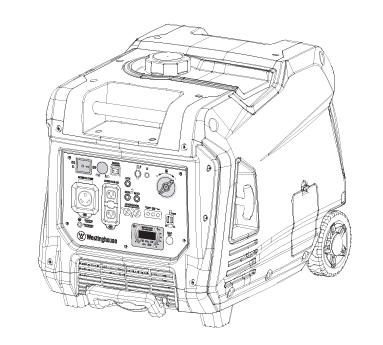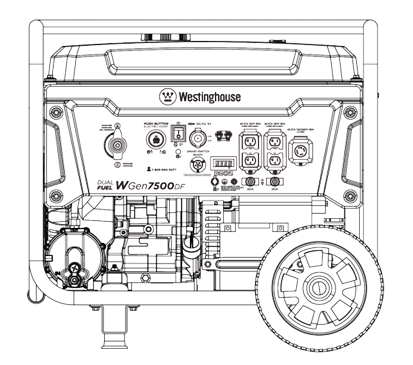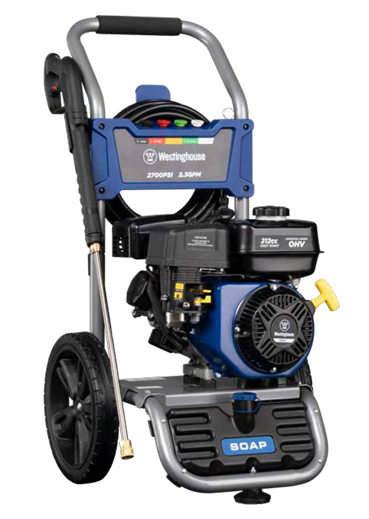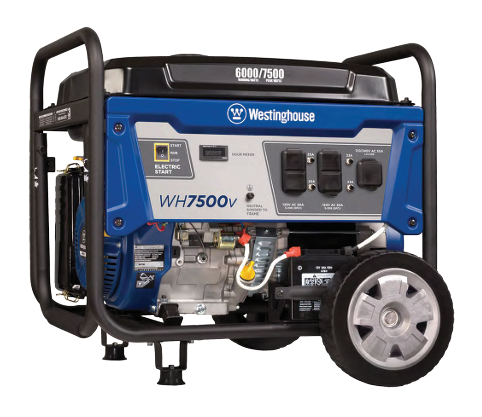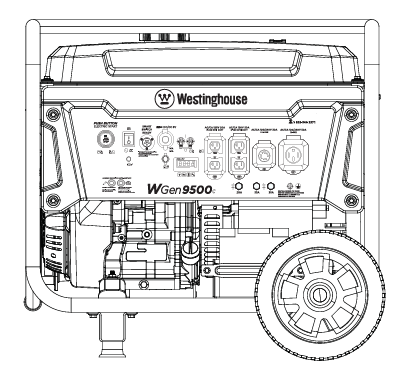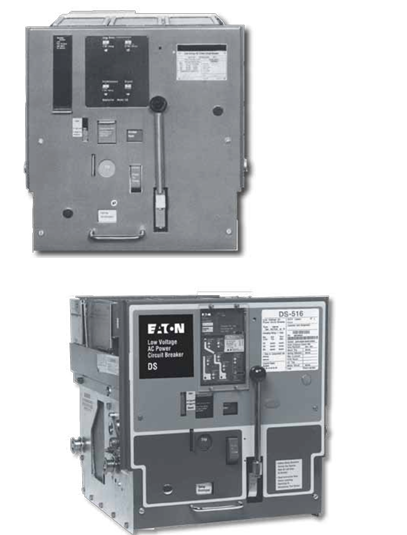Manufacturers
ABB
Model(s)
ABB Advant Controller 31, ABB Advant OCS
Additional Information
8 inputs, 5 ms delayed input
Estimated Shipping Size
Dimensions: 5.0" x 4.0" x 6.0"
(12.7 cm x 10.2 cm x 15.2 cm)
Weight: 0 lbs 14.1 oz (0.4kg )
ABB GJR5250900R0202 07DI90-S Digital Input Module
Basic Information
Model and Series:
This module, model number GJR5250900R0202, belongs to ABB's 07DI90 - S series of digital input modules. In industrial automation systems, digital input modules are mainly used to receive digital signals from external devices, such as switch status, sensor trigger signals, etc., and transmit them to the controller for processing.
Origin speculation:
ABB This type of industrial equipment is usually produced in developed industrial countries in Europe, such as Germany or Sweden. These regions have advanced electronic manufacturing technology and strict quality control system, which helps to ensure the high quality and stability of the digital input module, so that it can adapt to the complex industrial environment.
Appearance and Size Guess:
Considering that industrial application scenarios require compactness of equipment, it is probably a small circuit board module. The length is probably around 10 - 15 cm, the width around 8 - 12 cm, and the thickness around 2 - 4 cm. The weight is estimated to be relatively light, probably around 0.3 - 0.6 kg, which makes it easy to install in a card slot inside an industrial control cabinet or at a digital input connector of other equipment.
Performance Characteristics
Number and type of input channels:
It has multiple digital input channels, the exact number may vary depending on the product design, but it can generally meet the simultaneous input of multiple external digital signals. It can receive a variety of types of digital signals, such as dry contact signals (e.g., signals from pushbutton switches, travel switches, etc.) and active signals (e.g., digital signals output from certain sensors). For example, in an automated warehousing system, it can receive digital signals from cargo position detection sensors, as well as limit switch signals from shelf lifting equipment.
Signal voltage and current range:
A range of signal voltage and current inputs is supported. Typically, the signal voltage range may include common industry standard voltages such as 24V DC, and the current range can accommodate weak signal inputs to ensure that a variety of digital signal sources with different power outputs can be received. This compatibility makes it possible to connect a wide range of industrial sensors and switching devices without the need for complex signal conversion devices.
Signal processing speed and accuracy:
The ability to process incoming digital signals quickly and accurately. In industrial control, the response speed of the signal is required to be high, the signal processing speed of this module may reach the microsecond level, which can timely feedback the state changes of external devices to the controller. At the same time, it has a high signal processing accuracy, through the internal signal conditioning circuit and so on, can effectively remove the noise and interference in the signal to ensure the accuracy of the input signal.
Isolation characteristics and anti-interference ability:
Signal isolation technology is adopted to isolate the input channels from the internal circuitry of the module as well as each input channel from each other. This prevents external signals from interfering with the normal operation of the module and also avoids crosstalk of signals between channels. In the industrial environment, there is a large amount of electromagnetic interference, electrostatic interference, etc. This isolation characteristics and anti-interference ability can ensure that the module works stably in harsh environments, such as near motors, frequency converters and other equipment can also accurately receive digital signals.
Application Fields
Industrial automation production line applications:
In the automotive manufacturing line, it can be used to receive the status signals of various equipments. For example, it receives the working position signals of robots, welding completion signals of welding equipment, signals of goods in place on conveyor belts, etc. These signals are transmitted to the control system of the production line. These signals are transmitted to the control system of the production line for controlling the sequence of the production process and coordinating the work between equipment. In the machining production line, it receives tool change signals from machine tools, clamping and loosening signals from fixtures, etc., providing basic data for the automated control of the machining process.
Application in process control system:
In the chemical, petroleum, natural gas and other process industries, it is used to monitor various equipment status and event trigger signals in the production process. For example, it receives temperature alarm signals from reactors, opening signals from pressure safety valves, and switching status signals from pipeline valves. These digital signals are transmitted to the process control system so that corresponding control measures can be taken in time to ensure the safe and stable operation of the production process.

- User name Member Level Quantity Specification Purchase Date
- Satisfaction :
-









Email:wang@kongjiangauto.com

